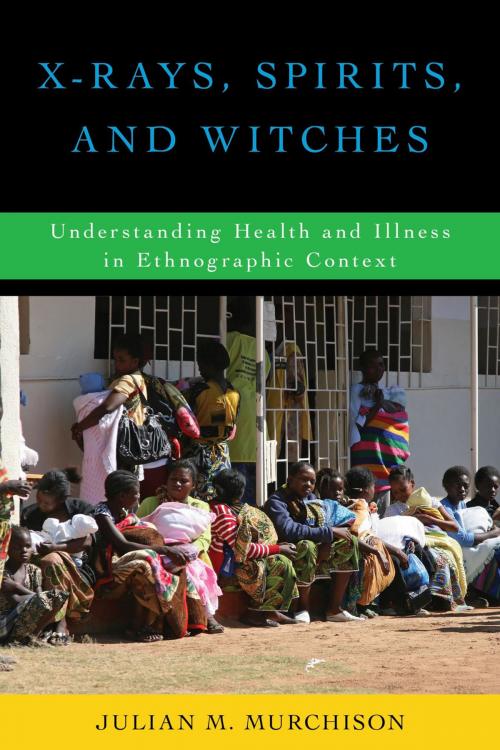X-Rays, Spirits, and Witches
Understanding Health and Illness in Ethnographic Context
Nonfiction, Social & Cultural Studies, Social Science, Anthropology| Author: | Julian M. Murchison | ISBN: | 9781442267411 |
| Publisher: | Rowman & Littlefield Publishers | Publication: | September 15, 2017 |
| Imprint: | Rowman & Littlefield Publishers | Language: | English |
| Author: | Julian M. Murchison |
| ISBN: | 9781442267411 |
| Publisher: | Rowman & Littlefield Publishers |
| Publication: | September 15, 2017 |
| Imprint: | Rowman & Littlefield Publishers |
| Language: | English |
Based on primary research conducted in Tanzania over the last fifteen years, X-Rays, Spirits, and Witches, provides an ethnography specifically designed for use in medical anthropology classes. The text is organized around four key topics that are recurrent themes in medical anthropology across diverse settings: medical pluralism, illness narratives, embodied experiences of health and illness, and the multilayered ways that power dynamics influence healthcare.
In addition to telling an engaging story of health, illness, and medical treatment as experienced in a real-world setting, the chapters link anthropological terms and concepts to specific events. Unobtrusive in-text definitions as well as a complementary glossary of terms help students recognize and employ the language of medical anthropology. Short pull-out boxes explore key concepts (such as the idea of “the medical gaze”) and highlight for further consideration issues which are of particular relevance in the medical anthropology classroom. Such pedagogical elements are designed to complement but not bog down the ethnography—enabling students to make better connections between real-world research and core textbook concepts.
Based on primary research conducted in Tanzania over the last fifteen years, X-Rays, Spirits, and Witches, provides an ethnography specifically designed for use in medical anthropology classes. The text is organized around four key topics that are recurrent themes in medical anthropology across diverse settings: medical pluralism, illness narratives, embodied experiences of health and illness, and the multilayered ways that power dynamics influence healthcare.
In addition to telling an engaging story of health, illness, and medical treatment as experienced in a real-world setting, the chapters link anthropological terms and concepts to specific events. Unobtrusive in-text definitions as well as a complementary glossary of terms help students recognize and employ the language of medical anthropology. Short pull-out boxes explore key concepts (such as the idea of “the medical gaze”) and highlight for further consideration issues which are of particular relevance in the medical anthropology classroom. Such pedagogical elements are designed to complement but not bog down the ethnography—enabling students to make better connections between real-world research and core textbook concepts.















